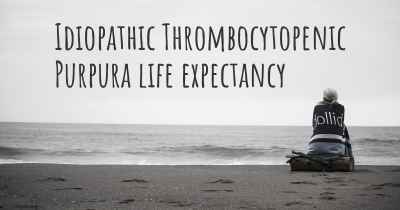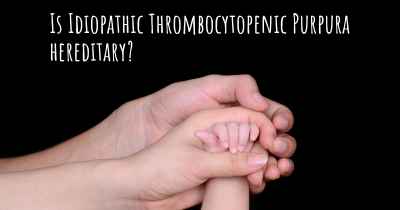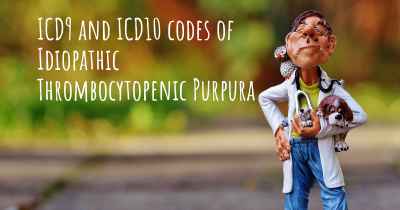20
What are the latest advances in Idiopathic Thrombocytopenic Purpura?
Here you can see the latest advances and discoveries made regarding Idiopathic Thrombocytopenic Purpura.

Very little. Treat symptoms.
Posted Jul 7, 2017 by Theresa 4010
n-Plate, Promacta, Protalax
platelet producing drugs
platelet producing drugs
Posted Sep 27, 2017 by jillenid 2570
Conventional therapy includes corticosteroids, IVIg, splenectomy, and watch-and-wait. Initially, 70%–80%
of patients respond to corticosteroids, and 10%–30% attain durable remission. Splenectomy is avoided in young children because of infection risk and the high prevalence of spontaneous resolution of ITP. Second-line treatments for ITP include immunosuppressive therapy (eg, rituximab). Third-line therapies include TRAs, such as romiplostim and eltrombopag. TRAs are associated with increased platelet counts and reductions in the number of bleeding events. TRAs are considered as a safe and an effective treatment for patients with chronic ITP at risk of bleeding after failure of first- or second-line therapies. Determination of a threshold minimum platelet count or specific age at which a typical patient with ITP should be treated is difficult. The goal of all treatment strategies for ITP is to achieve a platelet count that is associated with adequate hemostasis, rather than a normal platelet count. Therefore, if bleeding symptoms are not found, treatment may not be needed. Patients should be treated with platelet-enhancing agents if the platelet count is ,30 × 109/L and mucosal bleeding has started, although a threshold of 30 × 109/L may not be suitable for children. Treatment may also be appropriate if follow-up cannot be assured, if there are concerns for bleeding due to high levels of activity, or if there is a need for procedures associated with bleeding risk. New therapies and recommendations have emerged in the last decade. However, deciding who should be treated with which treatment option and for how long is not known. The decision to treat should be based on bleeding severity, bleeding risk, activity level, likely side effects of treatment, and patient preference.
of patients respond to corticosteroids, and 10%–30% attain durable remission. Splenectomy is avoided in young children because of infection risk and the high prevalence of spontaneous resolution of ITP. Second-line treatments for ITP include immunosuppressive therapy (eg, rituximab). Third-line therapies include TRAs, such as romiplostim and eltrombopag. TRAs are associated with increased platelet counts and reductions in the number of bleeding events. TRAs are considered as a safe and an effective treatment for patients with chronic ITP at risk of bleeding after failure of first- or second-line therapies. Determination of a threshold minimum platelet count or specific age at which a typical patient with ITP should be treated is difficult. The goal of all treatment strategies for ITP is to achieve a platelet count that is associated with adequate hemostasis, rather than a normal platelet count. Therefore, if bleeding symptoms are not found, treatment may not be needed. Patients should be treated with platelet-enhancing agents if the platelet count is ,30 × 109/L and mucosal bleeding has started, although a threshold of 30 × 109/L may not be suitable for children. Treatment may also be appropriate if follow-up cannot be assured, if there are concerns for bleeding due to high levels of activity, or if there is a need for procedures associated with bleeding risk. New therapies and recommendations have emerged in the last decade. However, deciding who should be treated with which treatment option and for how long is not known. The decision to treat should be based on bleeding severity, bleeding risk, activity level, likely side effects of treatment, and patient preference.
Posted Sep 29, 2017 by Marília 3570








